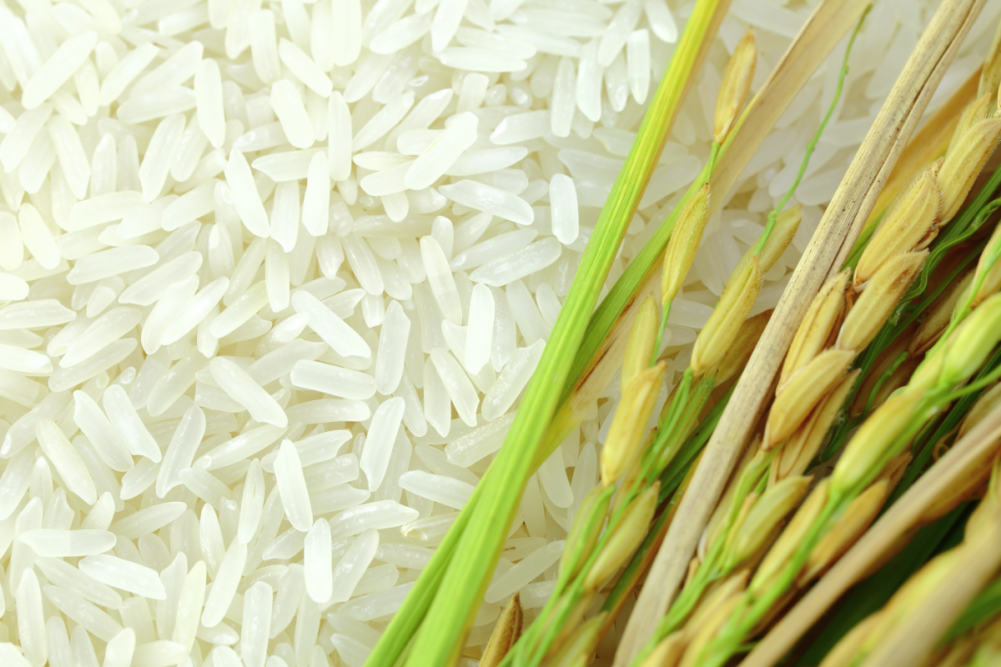LONDON, ENGLAND – Rice is, perhaps, the grain least likely to be affected by Russia’s invasion of Ukraine. However, strength in prices across the grains and oilseeds index, because of the major role of both countries in the wheat market and that of Ukraine in sunflowers, has crossed over to rice, pushing prices up, although ample supplies have held back the increase.
Speaking to the European Parliament’s Agriculture Committee in Brussels, Belgium, on March 22, Michael Scannell, one of the European Commission’s top farm sector officials, explained that the war in Ukraine “adds further to the very substantial increase in input costs over the past year.”
“The rice sector has not been immune, but it is not as vulnerable as certain other sectors,” he said.
Russia has exported rice to the European Union in the past year, but the level of shipments has latterly fallen to low levels, coming to below 16,000 tonnes in 2021. Scannell also explained that high wheat prices could create demand for lower quality or broken rice for certain parts of the food processing sector.
The International Grains Council (IGC) said in its March 17 Grains Market Report that rice prices had firmed by 1% over the previous month “amid broad-based gains in grains and oilseeds values.”
“Although the Russia-Ukraine conflict had little direct impact on demand, market sentiment was underpinned by expectations that rising wheat and maize prices could support future rice consumption, including of 100% broken in feed mixes,” the IGC said. “In Thailand, 5% broken gained $4, to $409 fob Bangkok, with Vietnamese 5% $26 higher, at $418 fob Ho Chi Minh, as support from local government purchasing more than offset pressure from winter/spring crop harvesting.
“Amid ample supplies, Indian 5% broken was little changed at $349, albeit with gains registered for 100% broken.”
The London, England-based Council also looked separately at the individual grains and oilseed sectors in Ukraine and Russia, including rice.
“Largely cultivated in Krasnodar, production in rice in Russia is relatively meager compared to global volumes, averaging about 700,000 tonnes per annum in recent years,” the IGC said. “Domestic consumption has also been broadly steady, with rice not a staple in Russian diets.
“While exports are modest, Russia produces japonica (medium-grain) rice, with Turkey and CIS countries typically the largest buyers, although volumes have trended lower, likely on increased competition from Chinese supplies.”
With only nominal production, consumption and export volumes, rice occupies a very minor role within the grains economy of Ukraine, the IGC said.
In its Rice Price Update of March 4, the United Nations Food and Agriculture Organization (FAO) said prices had risen by an overall 1.1% in February, reaching an eight-month high, although still 11.6% below the levels of a year earlier.
“Although Indica prices also edged up by 0.9%, aromatic quotations registered the sharpest increase last month,” the FAO said. “They rose 2.5% above their January levels, influenced by currency movements, purchases by the Islamic Republic of Iran and expectations of a pick-up in buying interest from other Near East Asian destinations.
“By contrast, a relapse in demand caused glutinous prices to shed 1.4% of their value, while Japonica quotations tended to move little. Although developments in the Black Sea region toward the end of the month raised questions about their potential impacts on the rice sector, including through the energy, transport and agricultural input fronts, a well-supplied global rice market and generally lackluster trading activities limited upward pressure on Asian Indica quotations during February.”




